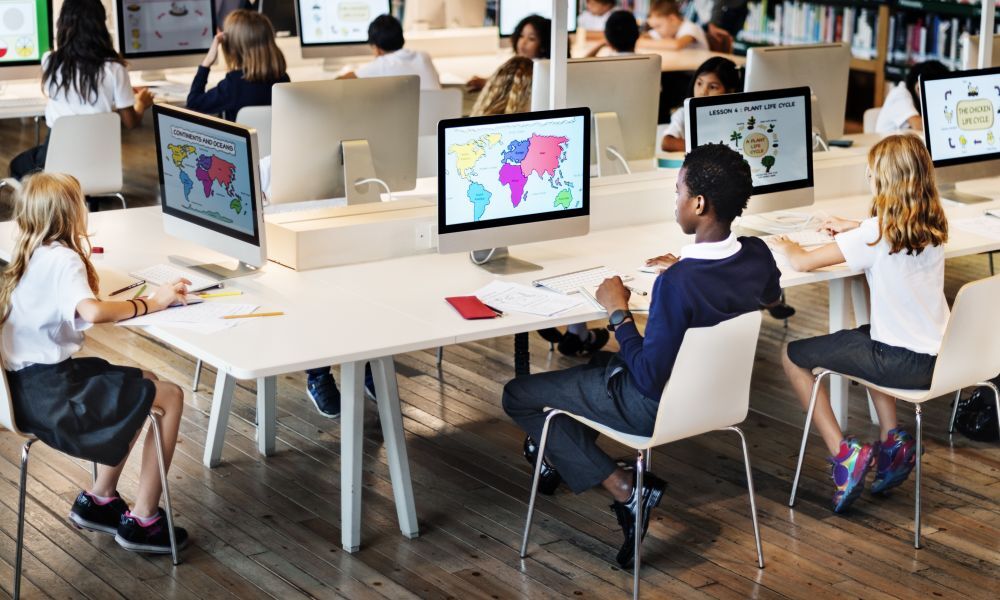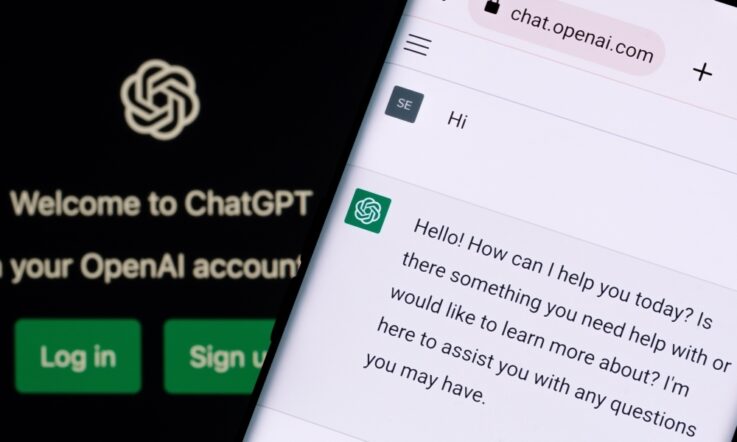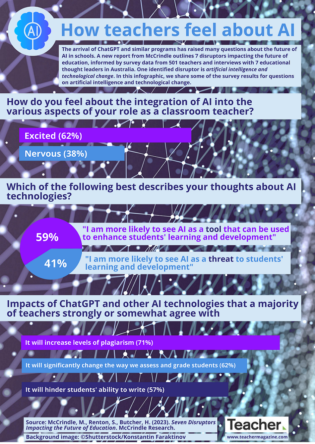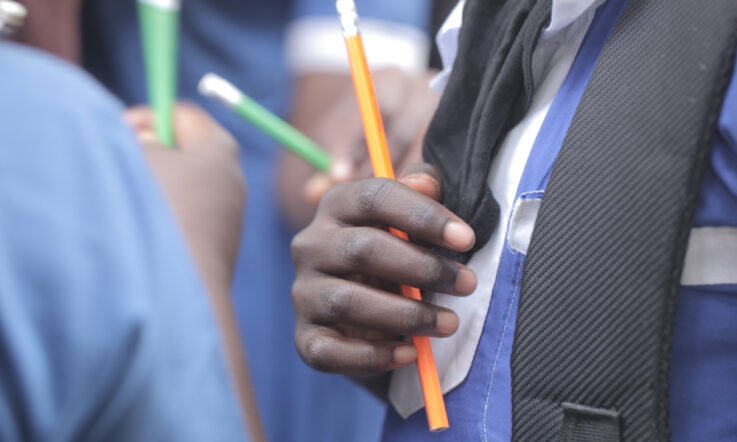A major international report released today calls for smartphones to be banned in schools, pointing to concerns about data privacy, cyberbullying, wellbeing and among children themselves.
UNESCO’s 2023 Global Education Monitoring (GEM) Report says several countries are starting to wake up to the need to put learners first by implementing a ban. ‘Almost one in 4 countries have banned smartphones in schools due to concerns regarding their impact on students' wellbeing and distraction from learning,’ Manos Antoninis, Director of the GEM Report, says.
He pointed to several examples from around the world, including: a recent ban in the Netherlands; a limit on the use of digital devices as teaching tools in China to a maximum of 30% of all teaching time (students are also told to rest their eyes for 10 minutes after they’ve spent over 30 minutes looking at a screen); a 2011 ban on teachers using mobile phones in classrooms in Bangladesh, which was extended to students in 2017; a ban in France which makes exceptions for certain student cohorts (such as those with disabilities) or when smartphones are used for ‘pedagogical’ purposes.
Here in Australia, most jurisdictions have taken full or partial action, with more restrictions in the pipeline. For example, the New South Wales Government has already banned mobile phones in its primary schools and will extend that to high schools from Term 4 this year.
On the issue of data privacy, the report says ‘[Only] 16% of countries explicitly guarantee data privacy in education by law. One analysis found that 89% of 163 education technology products recommended during the pandemic could survey children. Further, 39 of 42 governments providing online education during the pandemic fostered uses that risked or infringed on children’s rights.’
The GEM Report – Technology in Education: A tool on whose terms? – draws on analysis of over 200 education systems. It highlights the benefits, opportunities and challenges of technology in education and delivers 6 key messages for policymakers and the global education community:
- Good, impartial evidence on the impact of education technology is in short supply
- Technology offers an education lifeline for millions but excludes many more
- Some education technology can improve some types of learning in some contexts
- The fast pace of change in technology is putting strain on education systems to adapt
- Online content has grown without enough regulation of quality control or diversity
- Technology is often bought to plug a gap, with no view to the long-term costs
The report points out that discussions about education technology are often focused on the technology rather than education, and warns against ‘instinctively investing in technology in education without making sure that it is going to improve learning’.
Antoninis says the GEM analysis found decisions on what technology to invest in are often not taken wisely. ‘New is not always better, despite the hype.’ For example, radio instruction is still used by almost 40 countries, in Mexico a program of TV lessons combined with in-class support lifted secondary school enrolment by just over one-fifth, and in China incorporating TV into lessons guided by teacher had a huge positive effect on learning.
‘As countries weigh up the value-for-money, there is little robust evidence on digital technology’s added value in education,’ Antoninis says, explaining this is partly because technology is evolving faster than it is possible to evaluate it, and tech companies can have a disproportionate influence on evidence production. ‘Education technology products change every 36 months, on average. While systemic reviews show a small-to-medium positive effect on learning outcomes, the evidence can be biased as it is often funded by technology companies.’
Technology on learners’ terms
The report concludes that some technology supports some learning in some contexts, but not when it’s over-used; and it doesn’t work without the teachers.
‘Recorded lessons can address teacher quality gaps and improve teacher time allocation. In China, lesson recordings from high-quality urban teachers were delivered to 100 million rural students. An impact evaluation showed improvements in Chinese skills by 32% and a 38% long-term reduction in the rural-urban earning gap,’ the report reads.
‘However, just delivering materials without contextualising and providing support is insufficient. In Peru, the One Laptop Per Child program distributed over 1 million laptops loaded with content, but no positive impact on learning resulted, partly due to the focus on provision of devices instead of the quality of pedagogical integration.’
Equal access and opportunity
It also highlights the recent debate over generative AI ‘whose implications for education are only gradually emerging’ and gives a reminder that not all change leads to progress. ‘Just because something can be done does not mean it should be done. Change needs to happen on learners’ terms to avoid the repeat of a scenario like the one observed during the COVID-19 pandemic, when an explosion of distance learning left hundreds of millions behind.’
During the pandemic, distance learning reached over one billion students, but at least half a billion (31% of students globally, and 72% of the poorest) missed out. Access to electricity, the internet, and devices is ‘highly unequal between and within countries,’ the report adds.
Around the world, only 40% of primary, 50% of lower secondary and 65% of upper secondary schools are connected to the internet. For example, in India, 53% of private unaided and 44% of private aided schools are connected, compared with only 14% of government schools. In 2021 almost 9% of the population (and more than 70% in sub-Saharan Africa) didn’t have access to electricity. ‘There were at most 10 computers per 100 students in Brazil and Morocco but 160 computers per 100 students in Luxembourg, according to the 2018 PISA [data],’ the report says.
And sometimes the technology that is in schools isn’t being used, or made the most of. The GEM team says, in the US, on average, around two-thirds of education software licenses were unused and 98% were not being used intensively. ‘According to the EdTech Genome Project, 85% of some 7,000 pedagogical tools, which cost USD 13 billion, were “either a poor fit or implemented incorrectly”.’
Technology and the teaching profession
The report highlights the benefits of technology for teachers, in allowing them to choose, modify, and generate teaching and learning materials. Examples include personalised learning platforms that give individual learning paths and insights based on student data, online teaching resources mapped against national curricula, and digital platforms where teachers and students can collaborate, share learning materials and participate in virtual sessions.
However, it adds that obstacles to integrating technology can prevent teachers from fully embracing it. Barriers include poor digital infrastructure and a lack of devices. ‘A survey in 165 countries during the pandemic found that 2 in 5 teachers used their own devices, and almost one-third of schools had only one device for education use.
‘Some teachers lack training to use digital devices effectively. Older teachers may struggle to keep up with rapidly changing technology. The 2018 Teaching and Learning International Survey (TALIS) found that older teachers in 48 education systems had weaker skills and lower self-efficacy in using ICT.
‘Some teachers may lack confidence. Only 43% of lower secondary school teachers in the 2018 TALIS said they felt prepared to use technology for teaching after training, and 78% of teachers in the 2018 ICILS were not confident in using technology for assessment.’
Stay tuned: We’ll be digging deeper into the full report to look at more of the global findings, and the recommendations in detail.
References
UNESCO. (2023). Global Education Monitoring Report Summary 2023: Technology in education: A tool on whose terms? Author.



